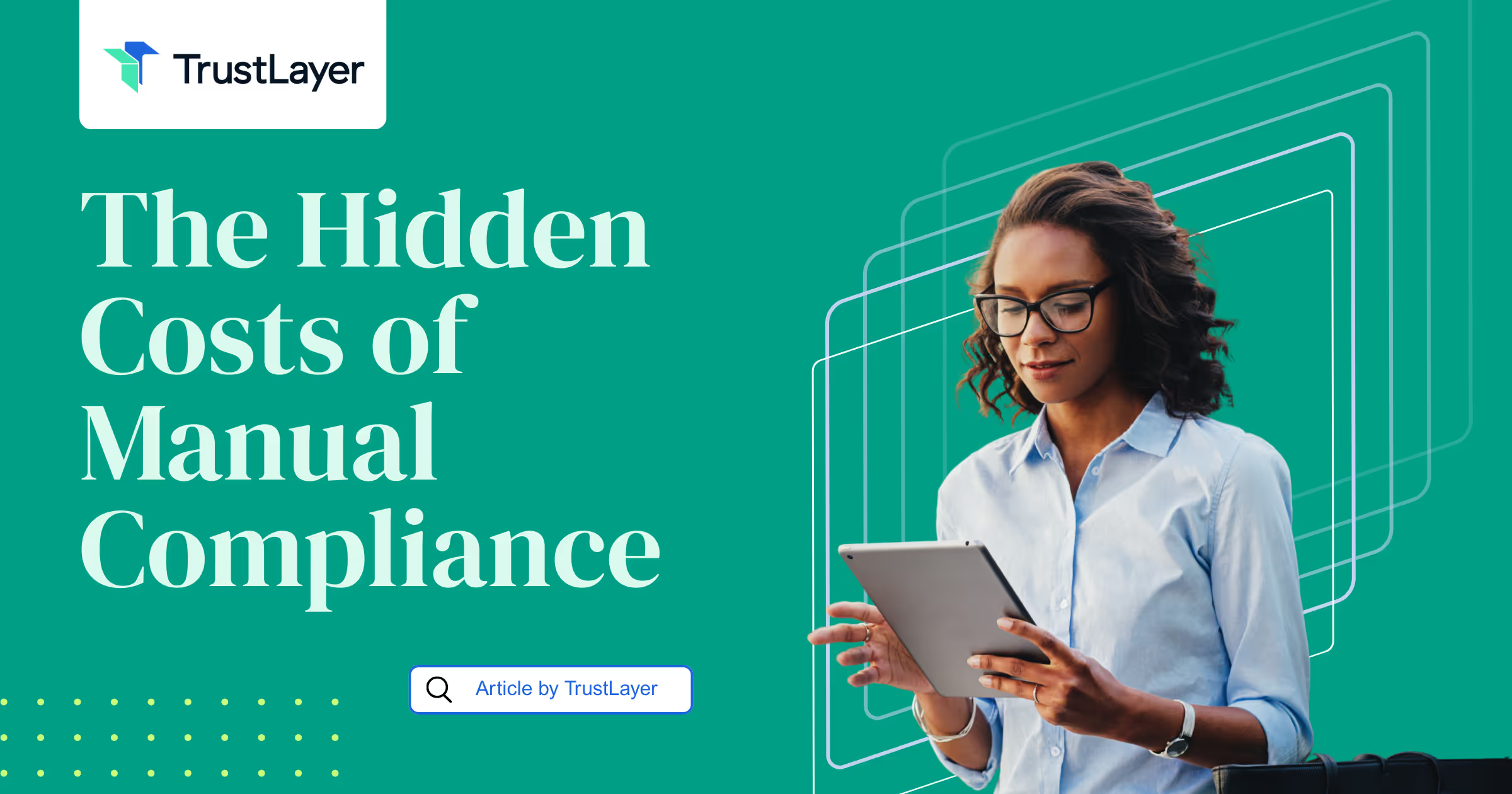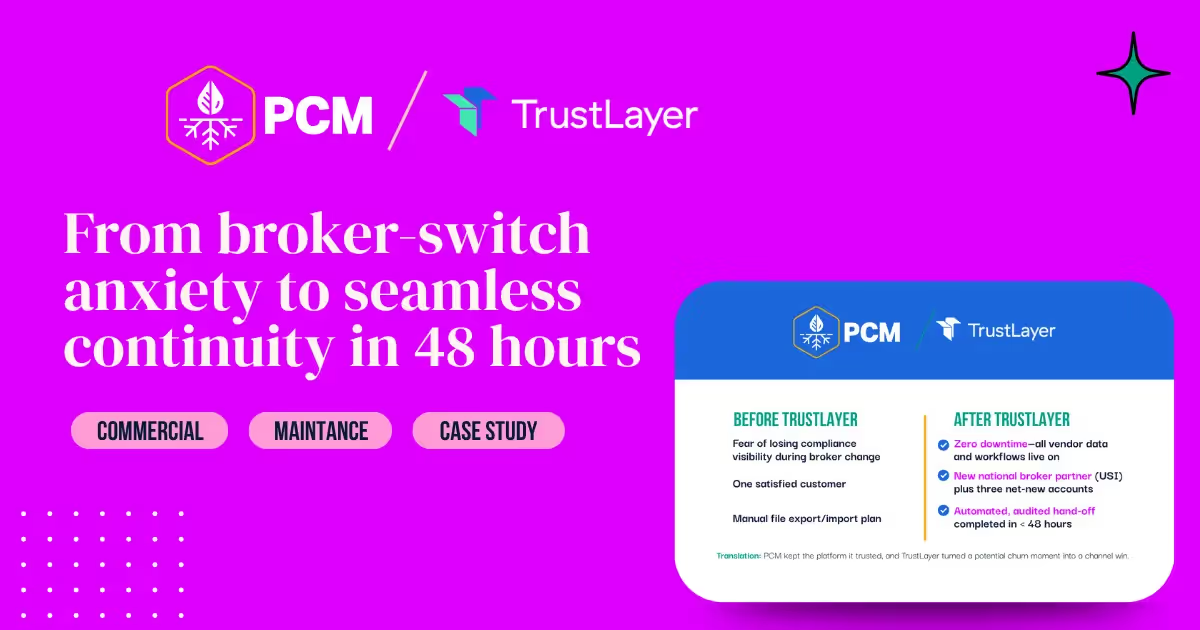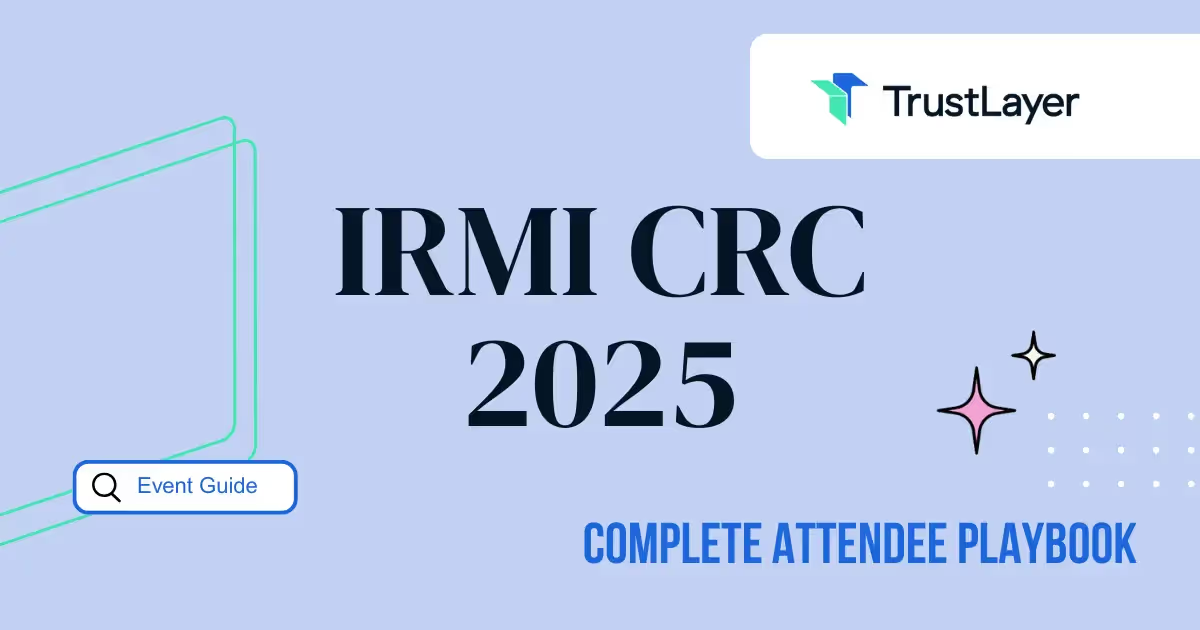Understanding COIs in Construction: What You Need to Know

In the complex world of construction, managing risks is crucial for success. One important aspect of risk management is understanding and implementing Certificate of Insurance (COI) construction. COI construction is designed to protect all parties involved in a construction project, ensuring that everyone is properly insured and liabilities are minimized. In this article, we will delve into the different aspects of COI construction, its importance, legal considerations, the role of technology, and best practices to ensure seamless implementation.
Defining COI in Construction Industry
Before diving into the details, it's important to establish a clear definition of COI in the construction industry. A Certificate of Insurance is a document that proves the existence of certain insurance coverage. It serves as evidence that the insurance policies required for a construction project are in place and up to date. This document provides key information about the insurance coverage, such as the name of the insured, the policy limits, and the effective dates.
The Importance of COI in Construction
COI construction plays a vital role in protecting all parties involved in construction projects. It ensures that contractors, subcontractors, and vendors have the necessary insurance coverage to handle potential risks and liabilities. In the event of accidents, property damage, or other unforeseen incidents, having proper insurance coverage can save companies from significant financial losses and legal complications.
One of the key reasons why COI is important in the construction industry is that it provides a sense of security and peace of mind. Construction projects involve various risks, including accidents, injuries, and property damage. With a valid COI, all parties involved can be confident that they are protected against potential liabilities and losses.
Moreover, COI helps establish trust and credibility among different stakeholders in the construction industry. Clients and project owners often require contractors and subcontractors to provide a COI before commencing work. This requirement ensures that the project is in compliance with insurance regulations and that all parties are adequately protected. It also demonstrates a contractor's professionalism and commitment to safety.
Key Elements of a COI
A well-constructed COI should contain specific elements to ensure comprehensive coverage and accurate representation of the insurance policies. These elements include:
- Insured's name and contact information
- Insurance provider's name and contact information
- Policy number
- Policy effective dates and expiration dates
- Coverage limits
- Description of coverage
- Additional insureds, if applicable
- Cancellation clause
The insured's name and contact information are crucial in identifying the party responsible for the insurance coverage. It ensures that the COI is issued to the correct entity and that any claims or inquiries can be directed to the right person or organization.
The insurance provider's name and contact information provide transparency and allow for easy communication between the insured and the insurance company. In case of any questions or concerns regarding the coverage, the insured can reach out to the insurance provider directly.
The policy number serves as a unique identifier for the insurance policy. It helps track and reference the specific policy associated with the COI. This number is essential when filing claims or verifying coverage with the insurance provider.
The policy effective dates and expiration dates indicate the period during which the insurance coverage is valid. It is important to ensure that the COI is up to date and that the coverage aligns with the project timeline. Expired or outdated COIs can lead to gaps in insurance coverage and potential liabilities.
Coverage limits specify the maximum amount that the insurance policy will pay for a covered claim. It is crucial to review these limits to ensure they are adequate for the project's scope and potential risks. Inadequate coverage limits can leave parties exposed to financial losses beyond what the insurance policy will cover.
The description of coverage provides details about the specific types of risks and liabilities that the insurance policy covers. It is important to review this section to understand the extent of the coverage and any exclusions or limitations that may apply.
Additional insureds, if applicable, are individuals or organizations that are included as insured parties under the policy. This provision is common when subcontractors or other entities are working on a project. Including additional insureds ensures that they are also protected by the insurance coverage.
The cancellation clause outlines the conditions under which the insurance policy can be canceled or modified. It is important to be aware of these conditions to ensure that the coverage remains in effect throughout the project duration. Any changes or cancellations to the insurance policy should be communicated promptly to all relevant parties.
The Process of COI Construction
Now that we have a clear understanding of COI in the construction industry, let's explore the process of COI construction. Building a comprehensive COI involves several key steps.
Initial Steps in COI Construction
The first step in COI construction is to identify the insurance policies required for the construction project. This involves a thorough analysis of the project's scope, nature, and potential risks. Depending on the complexity of the project, the insurance policies may include general liability insurance, workers' compensation insurance, and professional liability insurance, among others. Each policy serves a specific purpose in protecting the project stakeholders from financial losses due to accidents, injuries, property damage, or professional errors.
Once the necessary insurance policies are identified, the next step is to request Certificates of Insurance (COIs) from the contractors, subcontractors, and vendors working on the project. These COIs serve as proof that the parties involved have the required insurance coverage. The COIs should be carefully reviewed to ensure they meet the project's requirements and that all necessary information is included.
During the review process, it is crucial to verify the accuracy and validity of the information provided in the COIs. This includes confirming that the policy limits, coverage dates, and additional insured endorsements align with the project's needs. Mistakes or outdated information can lead to gaps in coverage and potential liabilities. Therefore, attention to detail is paramount in this stage of COI construction.
Common Challenges in COI Construction
While the COI construction process may seem straightforward, there are several common challenges that can arise. One of the main challenges is ensuring the accuracy and validity of the information provided in the COIs. This requires close collaboration between the project team and the insurance providers to ensure that the COIs reflect the most up-to-date and accurate information.
Another challenge is tracking and managing COIs for multiple projects and parties. Construction projects often involve numerous contractors, subcontractors, and vendors, each with their own insurance policies. Keeping track of all the COIs and ensuring they are up to date can be a time-consuming and error-prone task. To address this challenge, many construction companies and project managers have turned to technology solutions that automate the COI tracking process, providing real-time updates and alerts for expired or missing COIs.
Furthermore, the complexity of construction projects and the involvement of various stakeholders can lead to communication gaps and misunderstandings. Effective communication is essential to ensure that all parties understand the COI requirements and provide the necessary documentation in a timely manner. Regular meetings, clear guidelines, and open lines of communication can help mitigate these challenges and ensure a smooth COI construction process.
In conclusion, the process of COI construction involves identifying the required insurance policies, requesting COIs from project participants, and carefully reviewing the COIs for accuracy and completeness. It is essential to address common challenges such as ensuring the validity of information and managing multiple COIs effectively. By following these steps and implementing effective communication and technology solutions, construction projects can minimize risks and protect all stakeholders involved.
Legal Aspects of COI Construction
Understanding the legal aspects of COI construction is essential to ensure compliance and mitigate legal risks. In this section, we will delve deeper into the various legal requirements and potential pitfalls that need to be considered.
Understanding Legal Requirements
Each construction project may have specific legal requirements regarding insurance coverage. Compliance with these requirements is crucial to avoid legal complications and potential penalties. It is essential to review the project contracts, local regulations, and industry standards to understand the specific insurance requirements.
For example, some projects may require general liability insurance, workers' compensation insurance, or professional liability insurance. Understanding the scope and limits of these insurance policies is vital to ensure adequate coverage.
Furthermore, it is important to consider any additional endorsements or riders that may be necessary to meet the project's specific needs. These endorsements may include additional insured coverage, waiver of subrogation, or primary and non-contributory wording.
By thoroughly understanding the legal requirements, construction professionals can ensure that the Certificate of Insurance (COI) meets all the necessary criteria, reducing the risk of legal complications.
Avoiding Legal Pitfalls in COI Construction
To avoid legal pitfalls in COI construction, it is important to thoroughly review the COIs for accuracy and compliance. Any discrepancies or gaps in coverage should be addressed promptly.
One common pitfall is failing to verify that the COI matches the requirements outlined in the project contracts. This can lead to potential disputes and legal issues down the line. Therefore, it is crucial to cross-reference the COI with the contract to ensure alignment.
Additionally, maintaining proper documentation of COI tracking and communication with involved parties can provide a strong defense in case of legal disputes. This includes keeping a record of all COIs received, tracking expiration dates, and promptly requesting updated COIs when necessary.
Furthermore, it is important to establish clear lines of communication with insurance brokers and carriers to address any concerns or questions regarding the COIs. Regular communication can help identify and rectify any potential issues before they escalate into legal problems.
Lastly, construction professionals should consider seeking legal advice when dealing with complex insurance requirements or when facing potential legal disputes. Legal counsel can provide guidance on navigating the intricacies of COI construction and help mitigate legal risks.
In conclusion, understanding the legal aspects of COI construction is crucial for ensuring compliance and minimizing legal risks. By familiarizing themselves with the specific legal requirements and avoiding common pitfalls, construction professionals can protect themselves and their projects from potential legal complications.
The Role of Technology in COI Construction
In today's digital age, technology plays a significant role in streamlining and enhancing the COI construction process.
Modern Tools for COI Construction
Various software solutions and platforms are available to simplify the COI construction process. These tools automate COI tracking, send automatic reminders for renewal dates, and provide a centralized repository for all COI documents. By utilizing these modern tools, construction companies can save time, reduce errors, and improve overall efficiency in managing COI requirements.
The Future of COI Construction with Technology
The future of COI construction is promising with the continuous advancement of technology. With the rise of blockchain technology, there is potential for secure and transparent verification of COIs, eliminating the need for manual verification and reducing fraud risks. Additionally, integration with other construction management systems can further streamline the COI construction process, creating a seamless flow of information and reducing administrative burdens.
Best Practices for COI Construction
To ensure effective COI construction, implementing best practices is crucial.
Tips for Effective COI Construction
Here are a few tips to enhance the COI construction process:
- Clearly define insurance requirements and communicate them to all parties involved.
- Regularly review and update COIs to ensure accuracy and compliance.
- Utilize technology solutions to automate COI tracking and streamline processes.
- Maintain open lines of communication with contractors, subcontractors, and vendors to address any concerns or questions regarding COIs.
Maintaining and Updating Your COI
Once the COI construction process is complete, it is essential to maintain and update the COIs throughout the duration of the construction project. This includes tracking renewal dates, verifying coverage limits, and ensuring that any changes or additions are properly documented. Regularly reviewing and updating COIs will help mitigate risks and maintain proper protection for all parties involved.
In conclusion, understanding COI construction is essential for managing risks and protecting all parties involved in construction projects. By defining COI, recognizing its importance, addressing legal aspects, leveraging technology, and implementing best practices, construction companies can navigate the complex landscape of COI construction with confidence. As technology continues to evolve, solutions like TrustLayer can help streamline the COI construction process, ensuring compliance, accuracy, and efficiency.
















